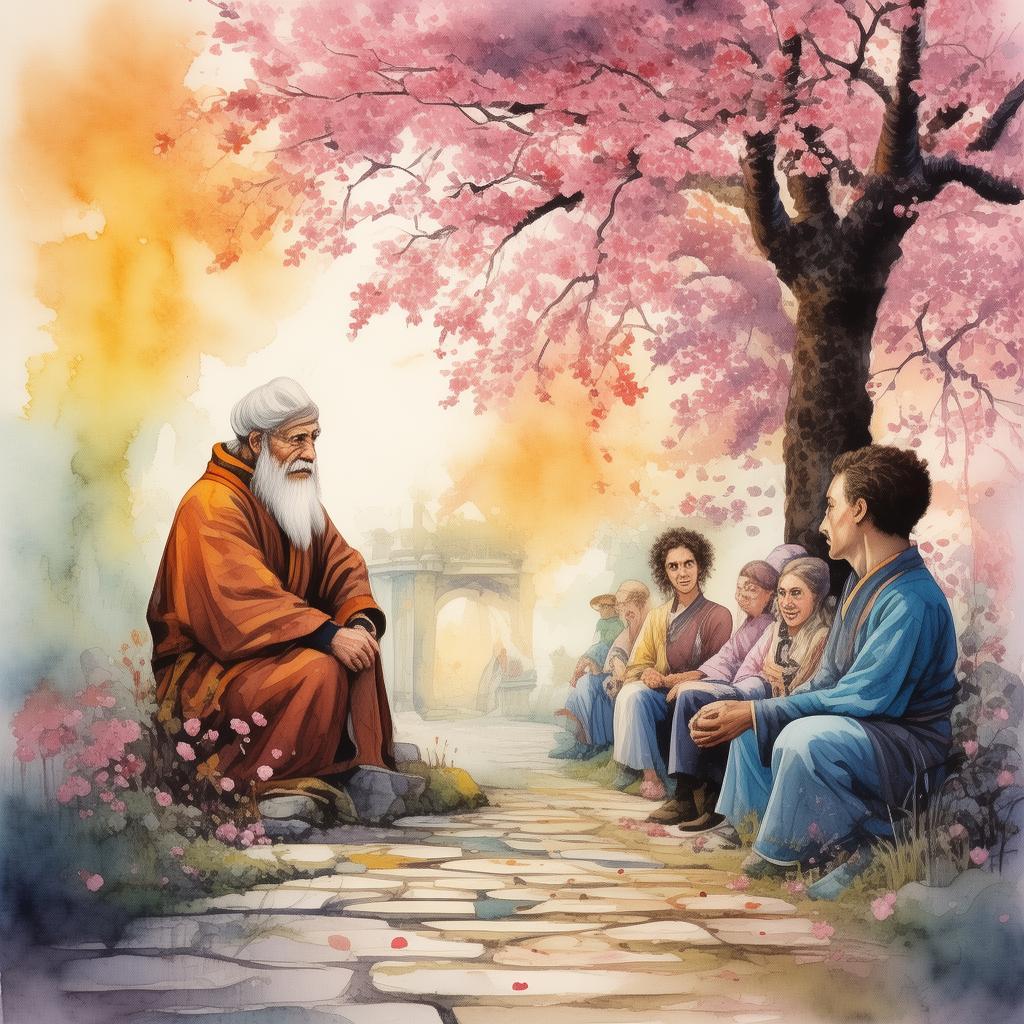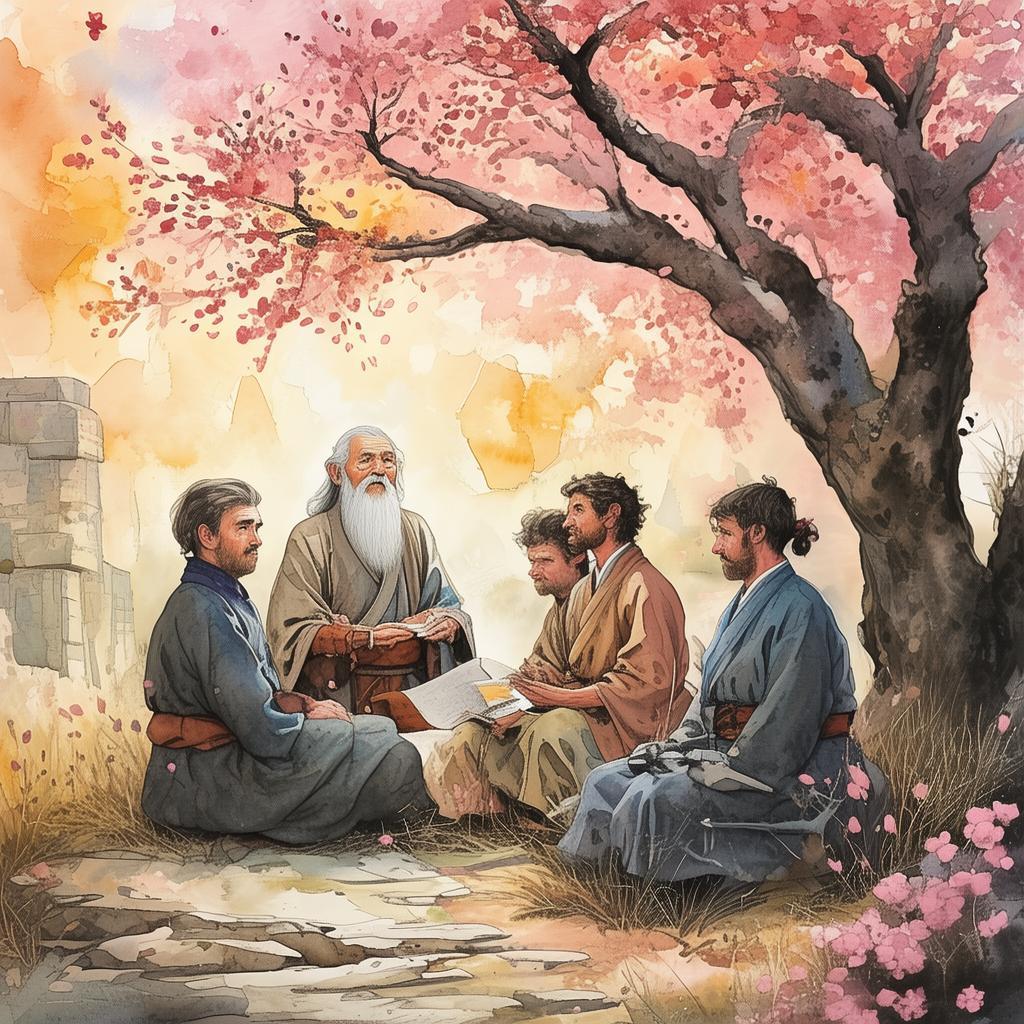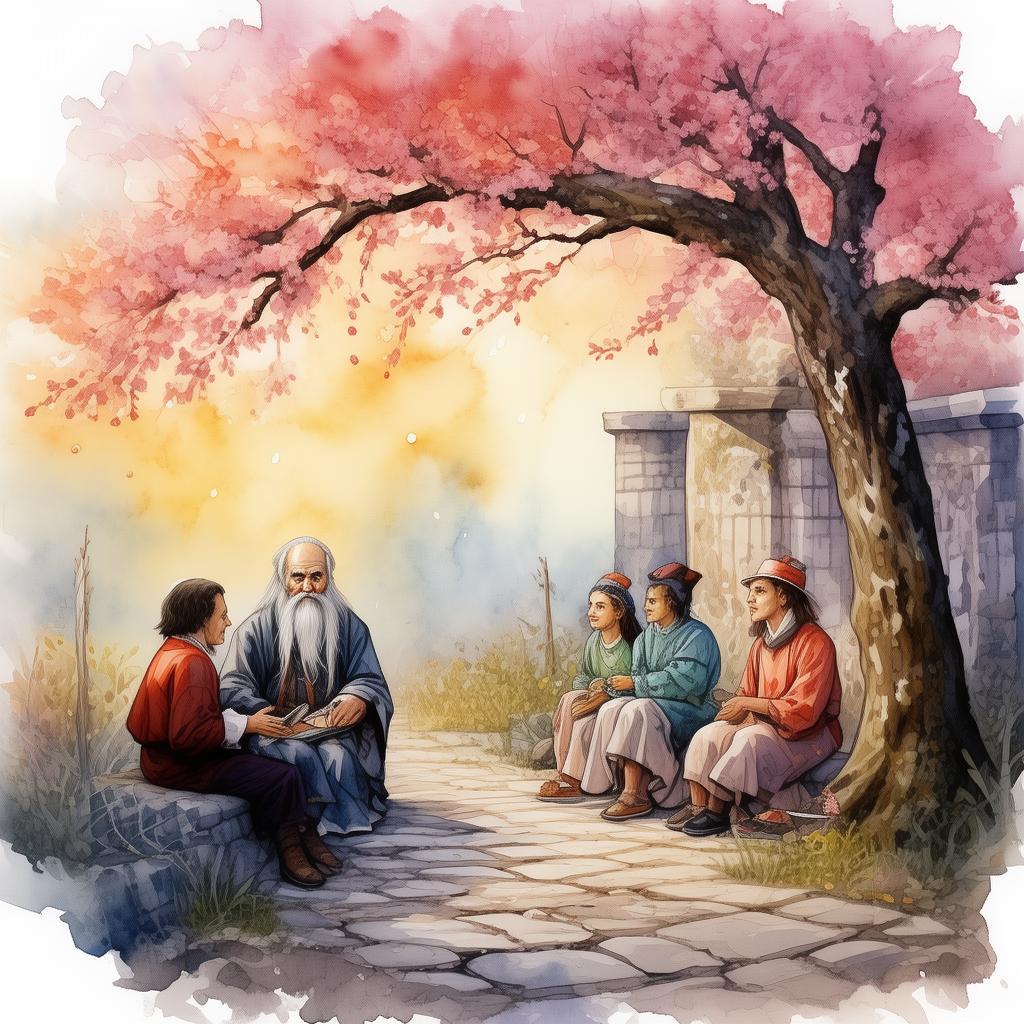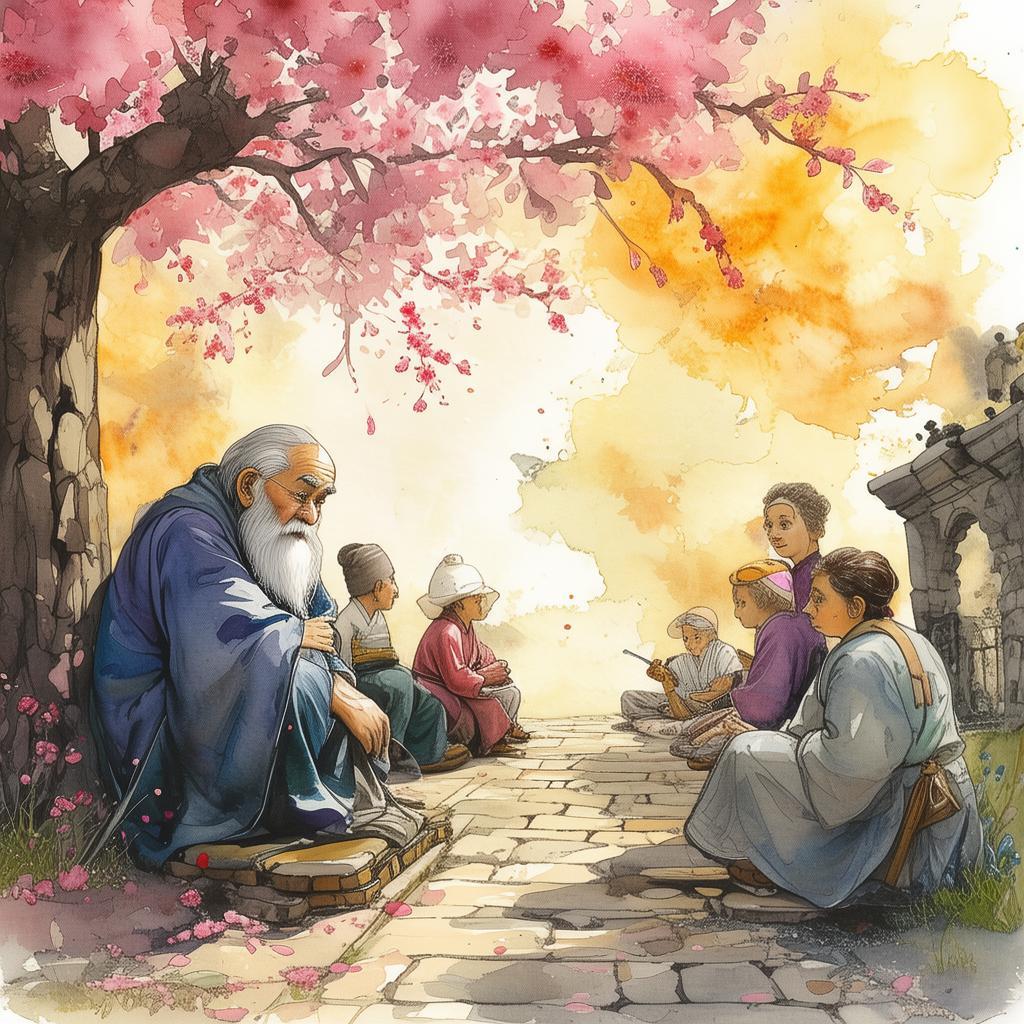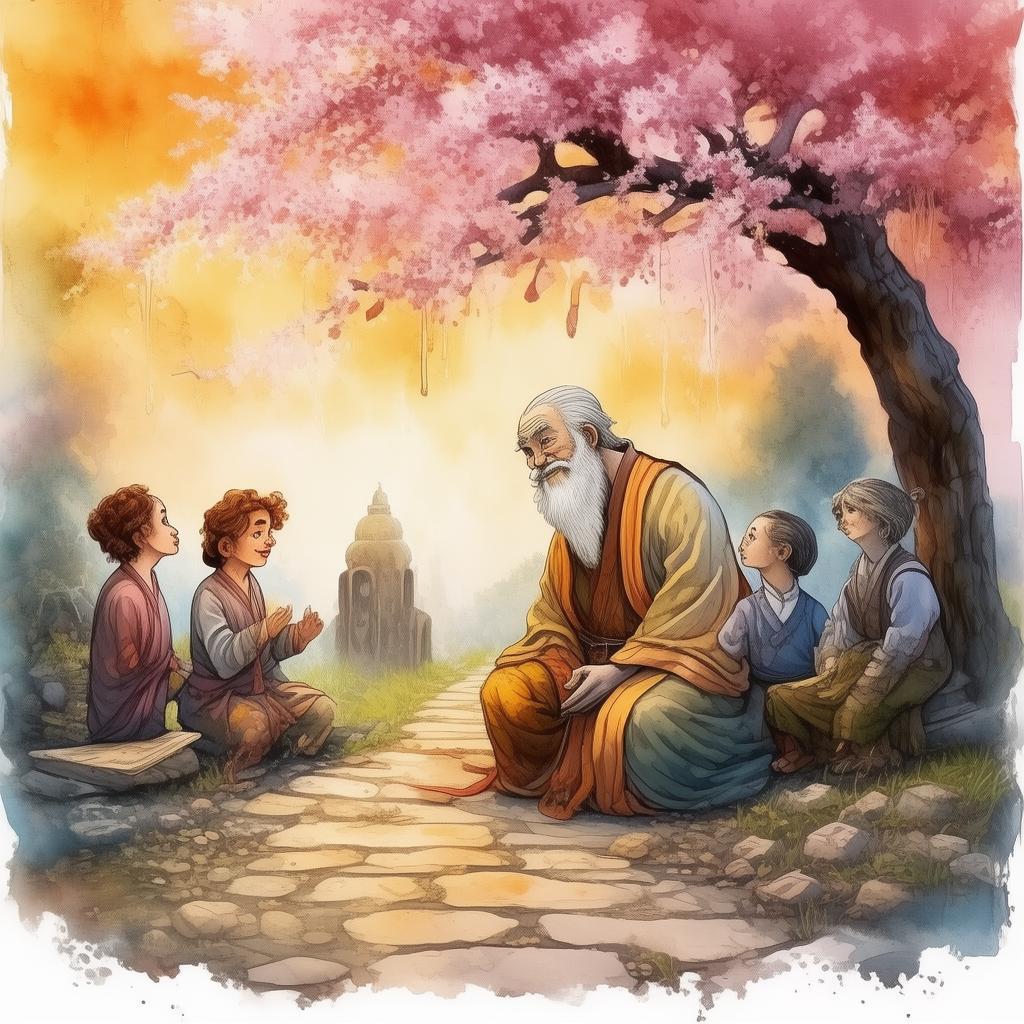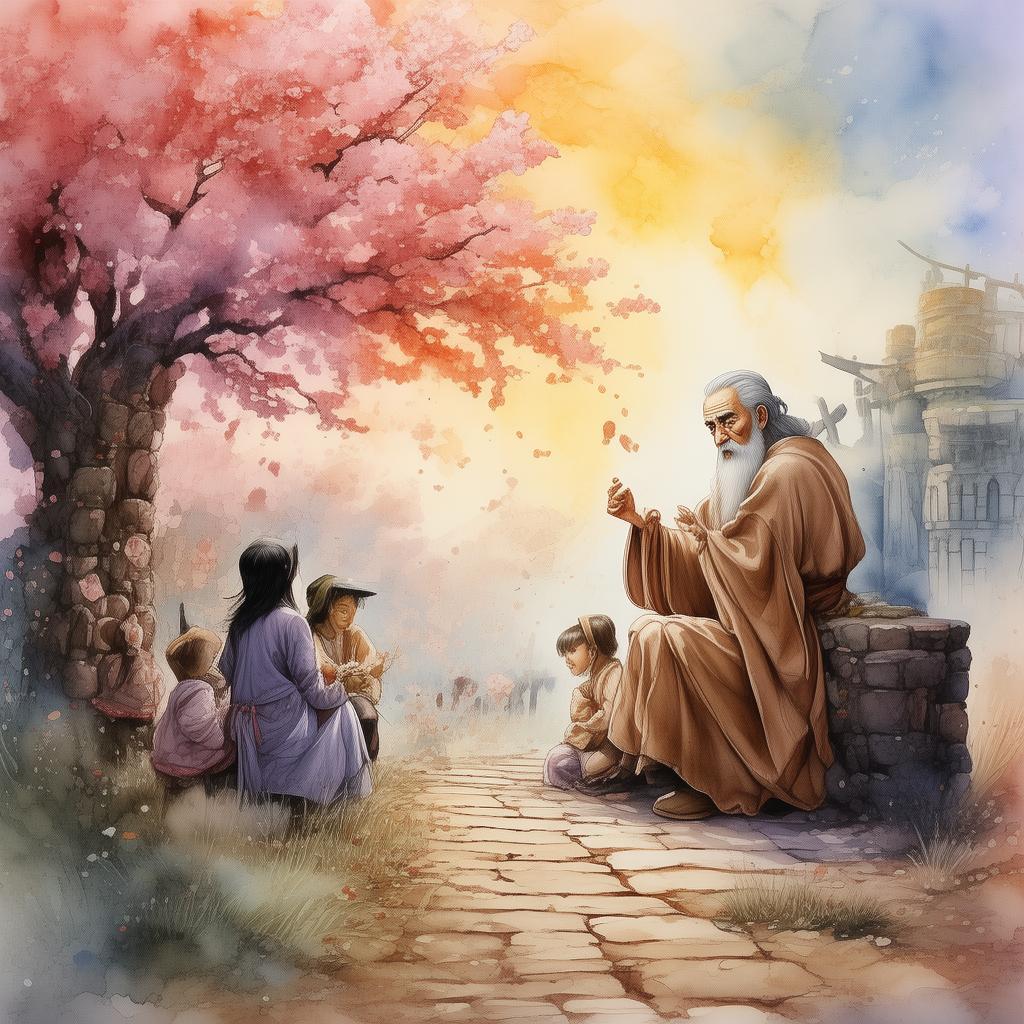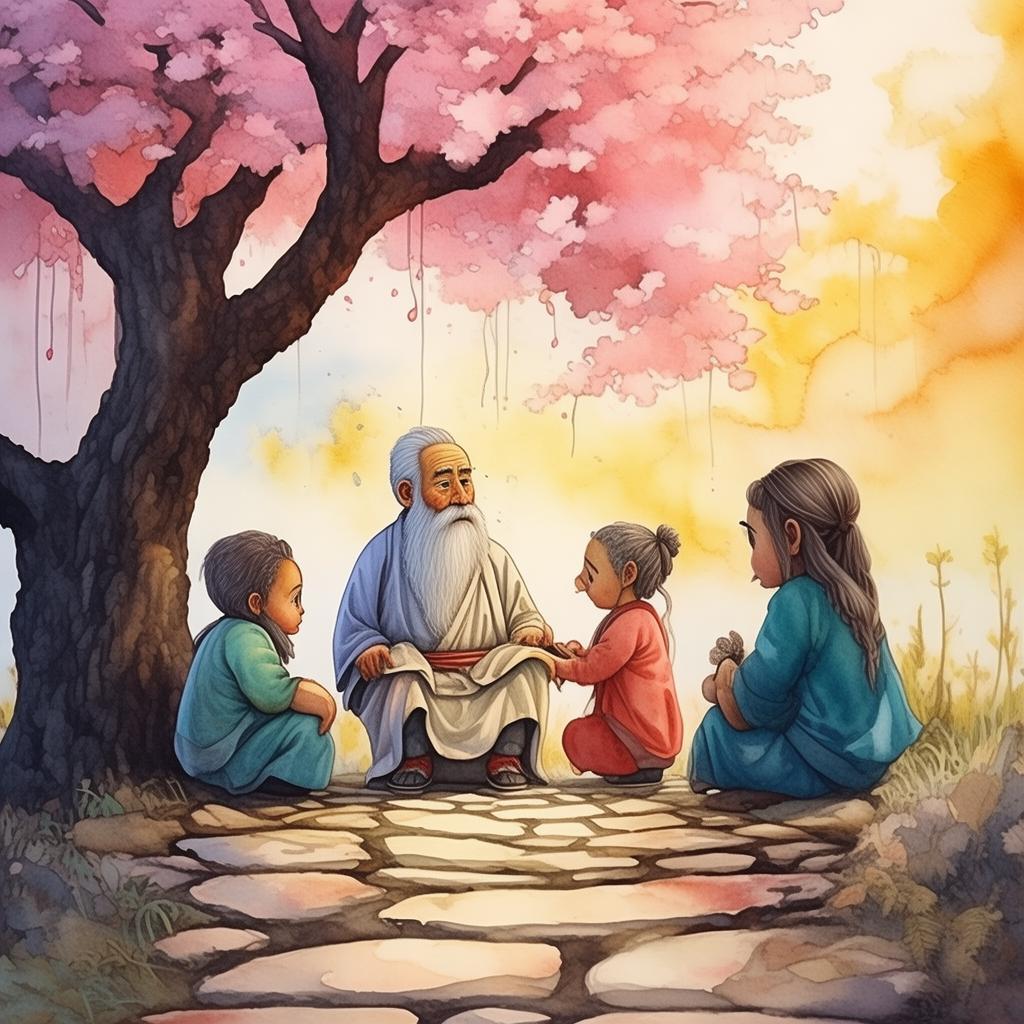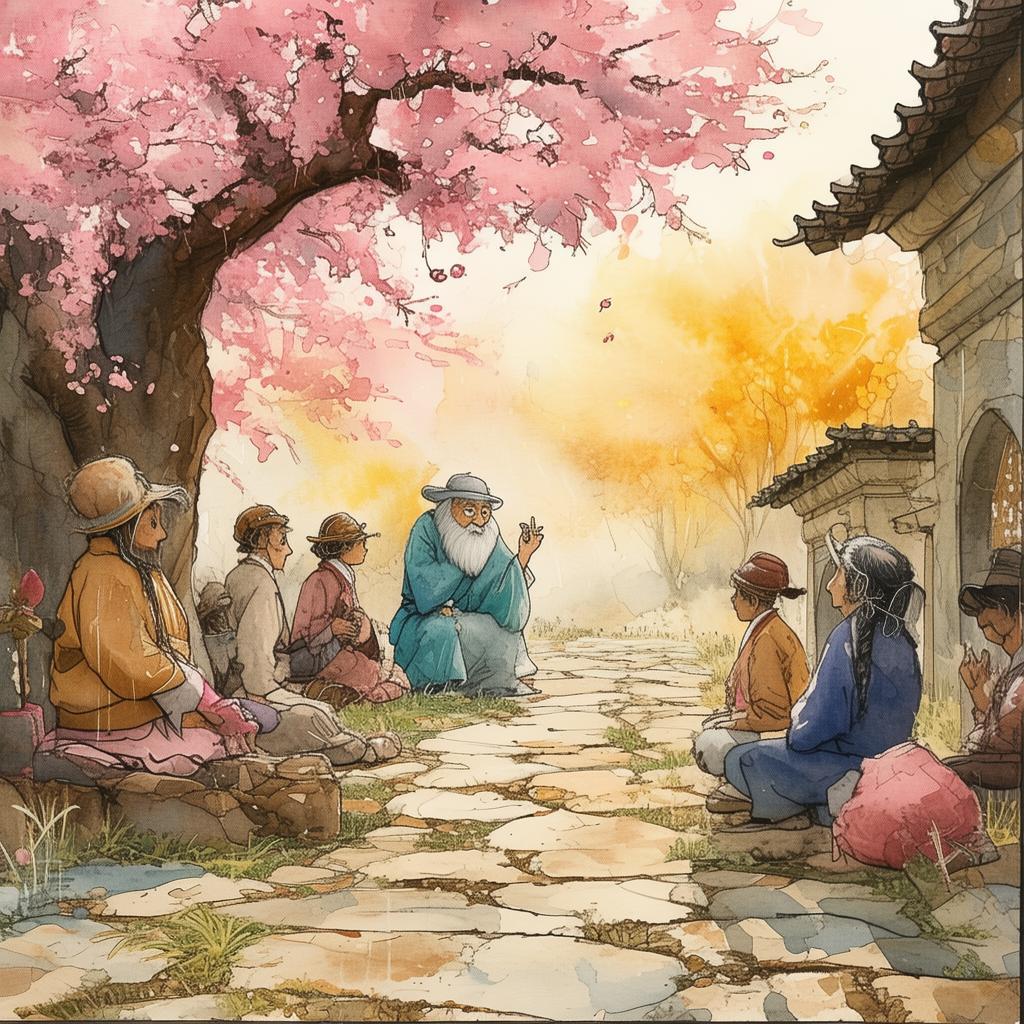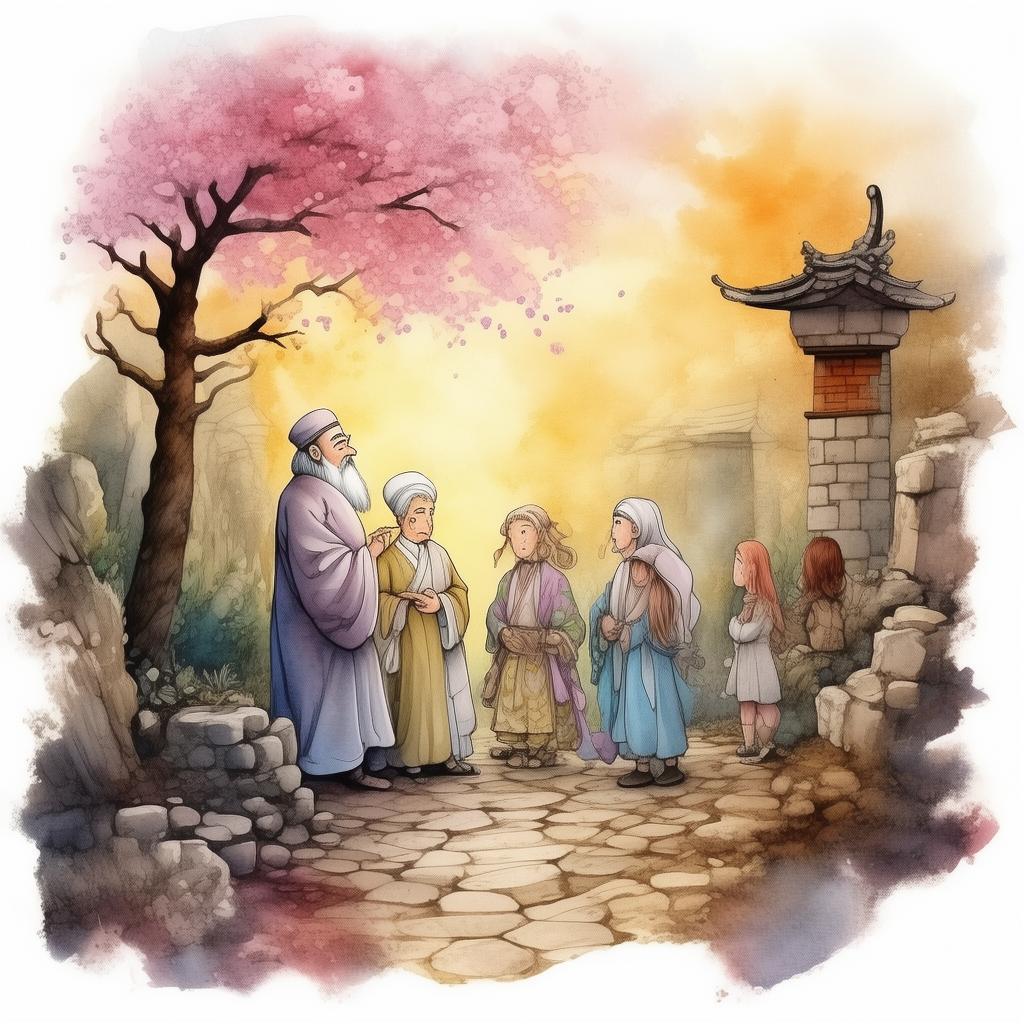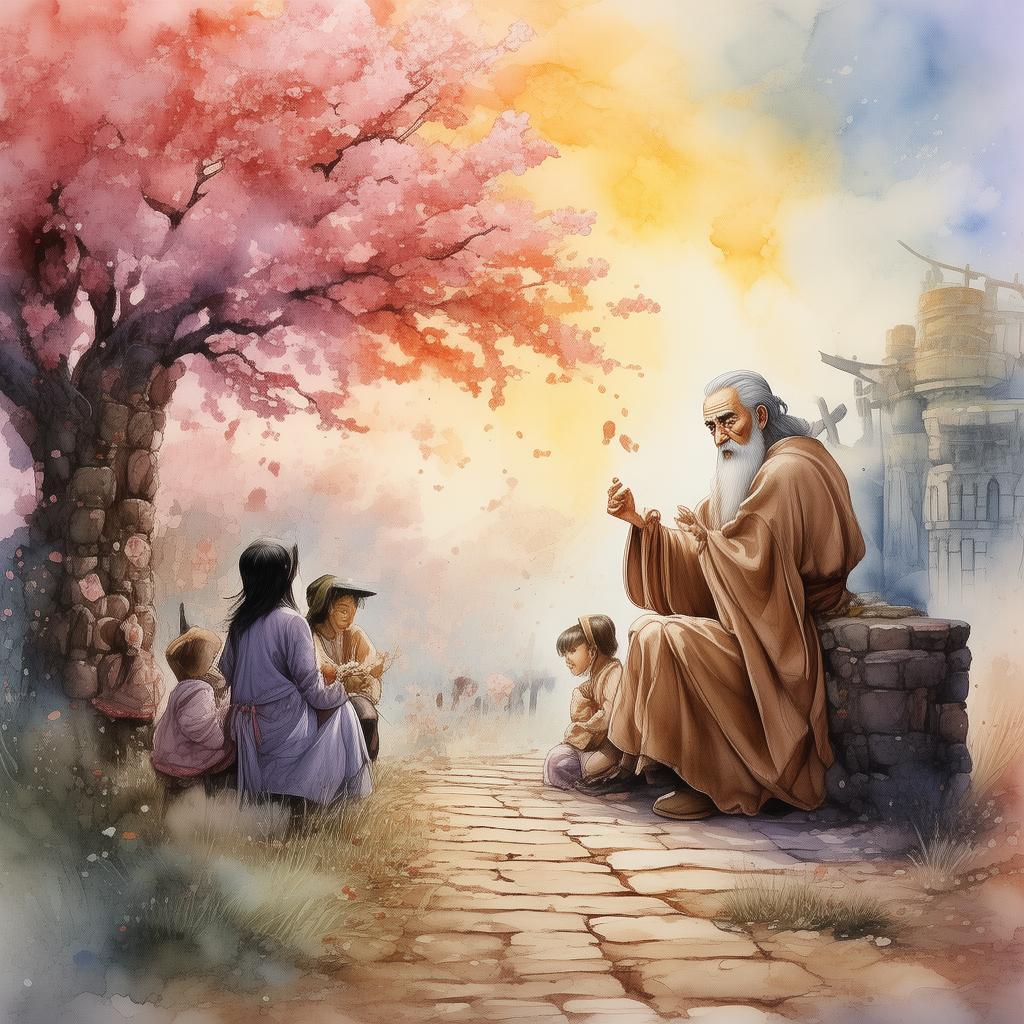The Artful Chef and the Golden Ratio
In the heart of ancient China, there was a chef named Hua, known far and wide for his extraordinary culinary skills. His restaurant, "The Timeless Chef," was a beacon of culinary excellence, drawing diners from all corners of the land. Hua's dishes were so exquisite that they were said to have been crafted by the hands of the gods themselves.
Hua was a master of flavors, textures, and presentation. He could turn the simplest of ingredients into works of art that delighted the senses. Yet, despite his prowess, he felt there was something missing in his creations. He yearned for a deeper understanding of the art of cooking, a secret that would elevate his dishes to a realm beyond the ordinary.
One day, as Hua was wandering through the bustling market, he stumbled upon an old, tattered book hidden beneath a pile of vegetables. The book was titled "The Timeless Chef Culinary Masterpieces from the Eons." Intrigued, he opened it and found pages filled with recipes and anecdotes from chefs of bygone eras.
As he delved deeper into the book, Hua noticed a recurring theme. Many of the recipes, though varied in ingredients and preparation, seemed to share a common thread. It was as if the chefs had been guided by some unseen force, a principle that transcended the mere act of cooking.
One recipe in particular caught Hua's attention. It was a simple dish of steamed fish, yet the description was filled with cryptic references to a "Golden Ratio" and "harmony of flavors." Hua was intrigued but confused. What was the Golden Ratio, and how could it apply to cooking?
Determined to uncover the truth, Hua began to study the book more closely. He read about the ancient philosophers who had discovered the Golden Ratio, a mathematical proportion that appears in nature and art, believed to be the key to beauty and balance. The ratio is approximately 1.618, known as the "Divine Proportion."
Hua realized that the chefs of old had been using the Golden Ratio to achieve harmony in their dishes. It was not just about the ingredients or the cooking techniques; it was about the balance of flavors, textures, and colors. Hua decided to apply this principle to his own cooking.
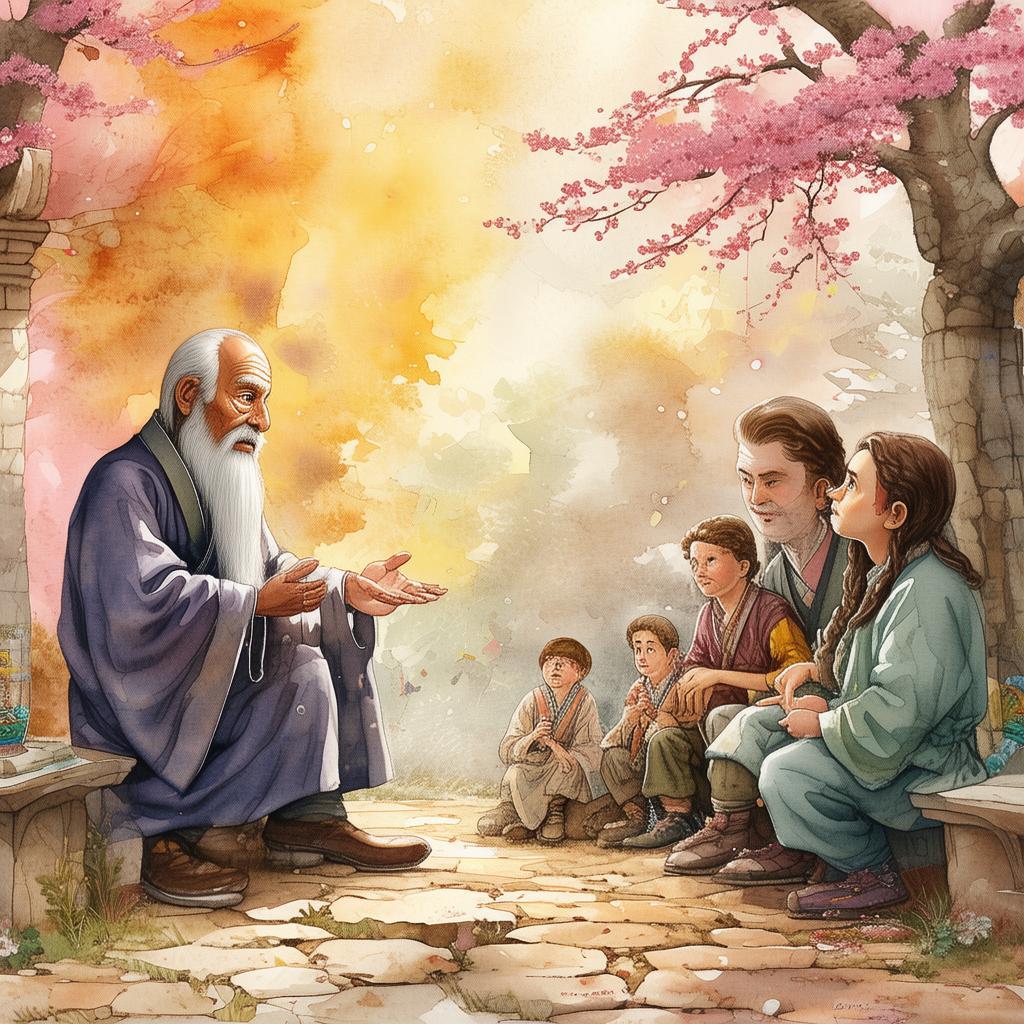
He began to experiment, adjusting the quantities of his ingredients, the cooking times, and the presentation of his dishes. Each time, he tried to achieve a balance that would resonate with the Golden Ratio. It was a difficult task, and many of his attempts failed. But Hua was relentless.
Weeks turned into months, and Hua's dishes slowly began to change. They became more refined, more harmonious. The flavors seemed to dance together in perfect balance, and the diners who tasted them were left in awe. Word of Hua's revolutionary cooking spread like wildfire, and soon, "The Timeless Chef" was the talk of the town.
One day, a renowned critic named Liang visited Hua's restaurant. Liang had traveled far and wide, sampling the best of the best in culinary art. He had heard the rumors of Hua's mastery and was eager to see for himself.
As Liang sat down at the table, Hua presented him with his signature dish, the steamed fish. The moment the dish was placed before him, Liang knew something was different. The flavors were extraordinary, and the dish seemed to be imbued with a sense of balance and harmony that he had never encountered before.
Liang took a bite and was immediately captivated. The flavors were rich yet subtle, the texture was perfect, and the presentation was sheer artistry. Liang couldn't believe his senses. He had never tasted anything like it.
After finishing the dish, Liang turned to Hua and asked, "How did you do this? What is the secret to your cooking?"
Hua smiled and replied, "The secret is the Golden Ratio, a principle that has been hidden in plain sight for centuries. It is the key to achieving balance and harmony in all things, including culinary art."
Liang was astounded. He had never heard of the Golden Ratio in the context of cooking. He asked Hua to share his knowledge, and soon, the two men were deep in conversation, discussing the possibilities of applying the Golden Ratio to other forms of art.
As Liang left "The Timeless Chef," he knew that he had witnessed something truly extraordinary. Hua's discovery had not only revolutionized the culinary world but had also opened up new possibilities for the application of the Golden Ratio in other fields.
Hua's journey had come full circle. He had not only discovered the secret to perfecting his culinary masterpieces but had also shared this knowledge with the world, inspiring others to seek balance and harmony in their own lives.
The Timeless Chef's restaurant continued to thrive, and Hua's dishes became legendary. The Golden Ratio had become a cornerstone of culinary art, and Hua's name was etched in the annals of culinary history as the chef who had brought this ancient principle to life.
✨ Original Statement ✨
All articles published on this website (including but not limited to text, images, videos, and other content) are original or authorized for reposting and are protected by relevant laws. Without the explicit written permission of this website, no individual or organization may copy, modify, repost, or use the content for commercial purposes.
If you need to quote or cooperate, please contact this site for authorization. We reserve the right to pursue legal responsibility for any unauthorized use.
Hereby declared.
